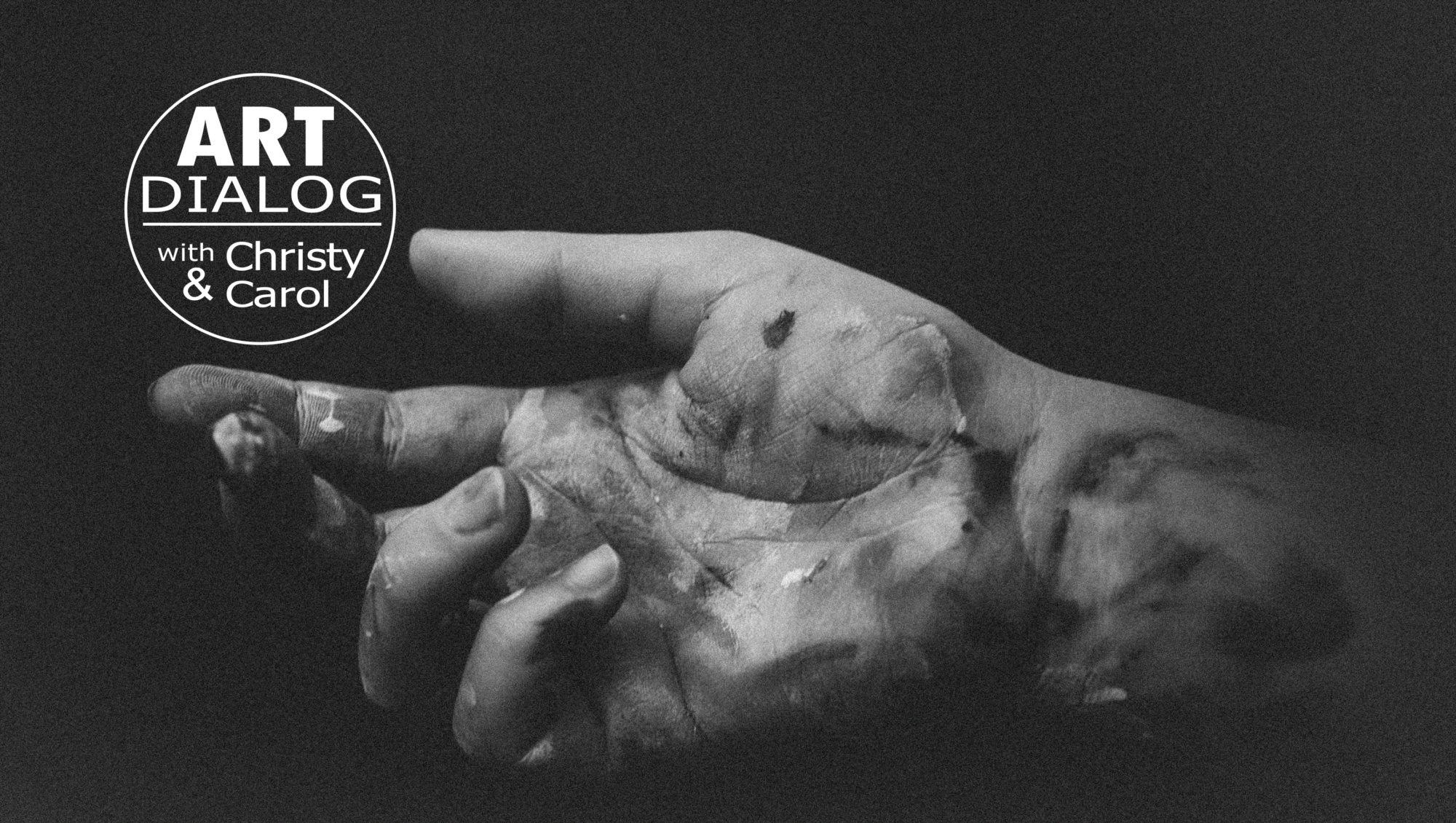A: Short answer, yes, but . . . here are some things to consider.
I think of art as spanning a continuum. At one end are super high-end, one-of-a-kind, sometimes incomprehensibly dense and obtuse, even invisible, artworks (often classified as “fine” art for some strange reason) that you might find in national museums, if you can see them at all, given that they might be so conceptual they don’t exist in time and space.
At the other end of the art continuum are the pieces you might find at your local artsy-craftsy boutique, farmer’s market, or seasonal outdoor art show—you know what I’m talking about. Earrings made from fused glass, necklaces made from recycled bicycle chain, air-brushed paintings the size of a postage stamp, hand-crocheted bikinis, ponies made from Sculpey, and uplifting messages hand-lettered onto rice paper and glued to a standup photo frame edged in tiny seashells.
Go to any thrift store and walk the aisles. Among all the knicknacks and gewgaws created for holiday bazaars from years past, you will probably see some art resembling the paintings I used to make, inexpertly framed in rejected door molding bought by the inch at the local lumber store. I was never a great painter, so I would not use the term “fine art” to describe what I made, necessarily. But it was closer to the fine art end of the art spectrum than it was to the monetized, commercialized, commoditized, productivized (not a real word) end of the spectrum. I’d like to think it was fine, but by most standards, I admit, it was pretty mediocre.
Where does your art fall on the art continuum?
So, all that to ask you the real question: Where does your art fall on the art continuum? If you don’t know, I encourage you to think about it. Because how you market your art depends on how far along the scale you are between fine art and art product.
Some artists abhor the idea of “diluting” their fine art brand by trying to commercialize it. They believe their art belongs in top galleries and museums. Having their paintings printed onto coffee mugs, T-shirts, and smartphone cases would not enhance the exclusive nature of their art.
Other artists really like the idea of producing a product that will allow them to earn some income while expressing their creativity. Bringing creativity to others by transforming their art onto functional products seems like fun to them.
If you want your art to be in museums
If you want to be in museums, you need other people. It’s all about building relationships with the players in the art world. You need connections with the gatekeepers: the gallerists, established artists, wealthy patrons, MFA professors, museum trustees, curators . . . in other words, you need to be part of the art scene. No hiding in your atelier sniffing linseed oil. You gotta get out there.
You might become famous with this approach; however, it’s unlikely you’ll become wealthy, at least not in your lifetime. Your heirs might enjoy some benefits of your creativity, though, if you persevere and don’t give up.
If you want to make money selling your art soon
If you want to start selling your art locally right now, you can do it yourself. Yes, there are some relationships you will need to build with intermediaries—I’m thinking of art boutique owners, small local gallerists, local art show juries, coffee shop owners in your neighborhood. These are the gatekeepers to selling in your area.
If you think you can sell your art online, build a website with a functional shopping cart or use something already built, such as Etsy or Redbubble or one of the many other art-sales platforms where buyers might be able to find you. Then get busy with your social media postings, because nobody will find you if they don’t know about you. Instead of aiming at gallerists, you’ll be cultivating direct relationships with actual buyers. It’s a lot of work, but so is any creative endeavor. Artists have to be risktakers.
No guarantees, sorry
Nobody said living a creative life that is also financially successful would be easy. In fact, I think most people would say it hardly ever works. But that doesn’t mean you shouldn’t aim for it! It all depends on your art goals. What do you want your art to do for you? Decide where your art falls on the art continuum, make a plan, and go for it.

